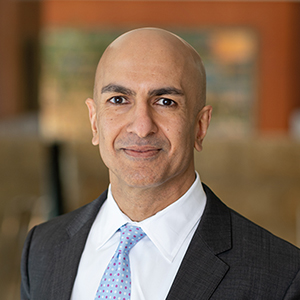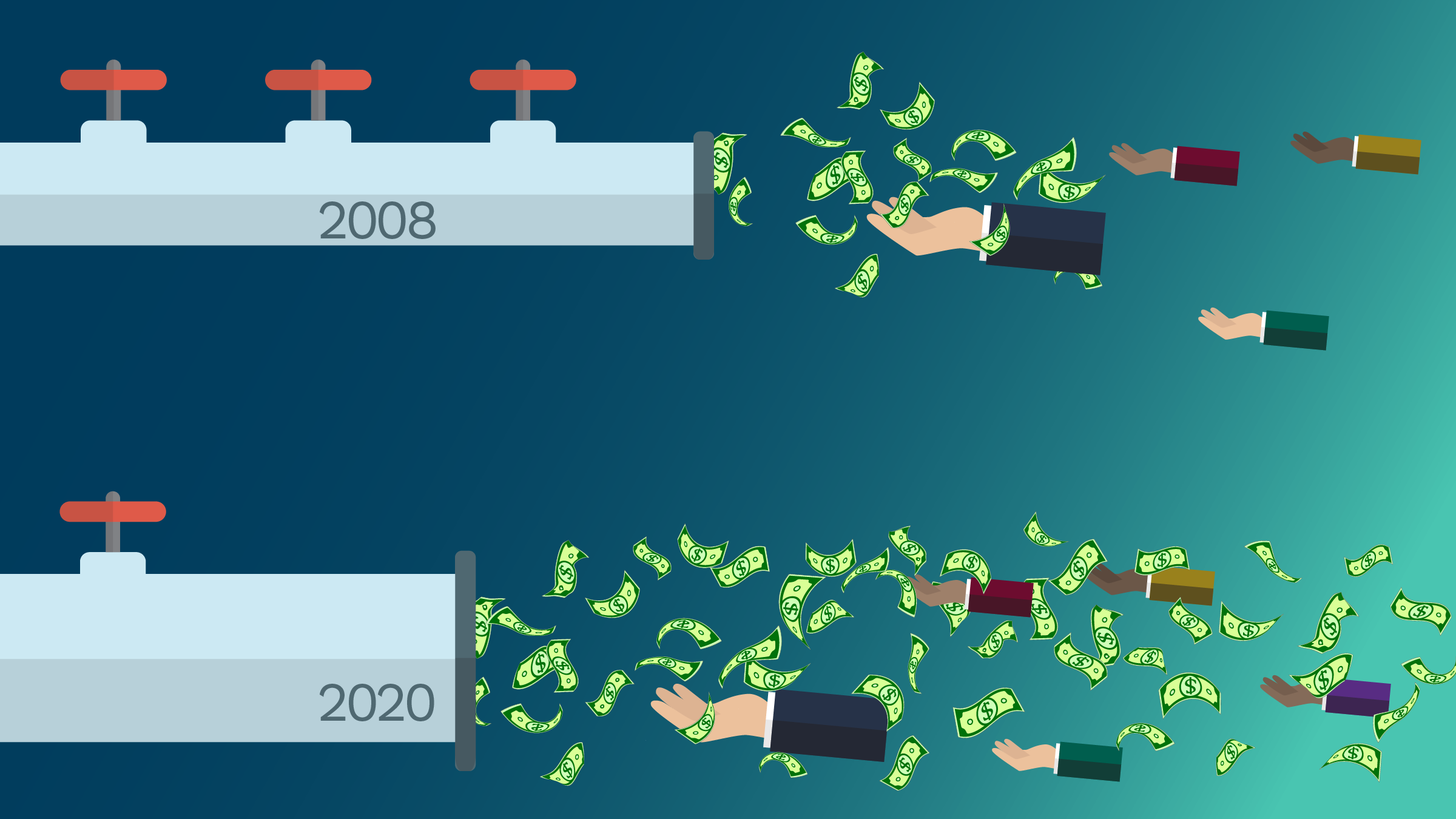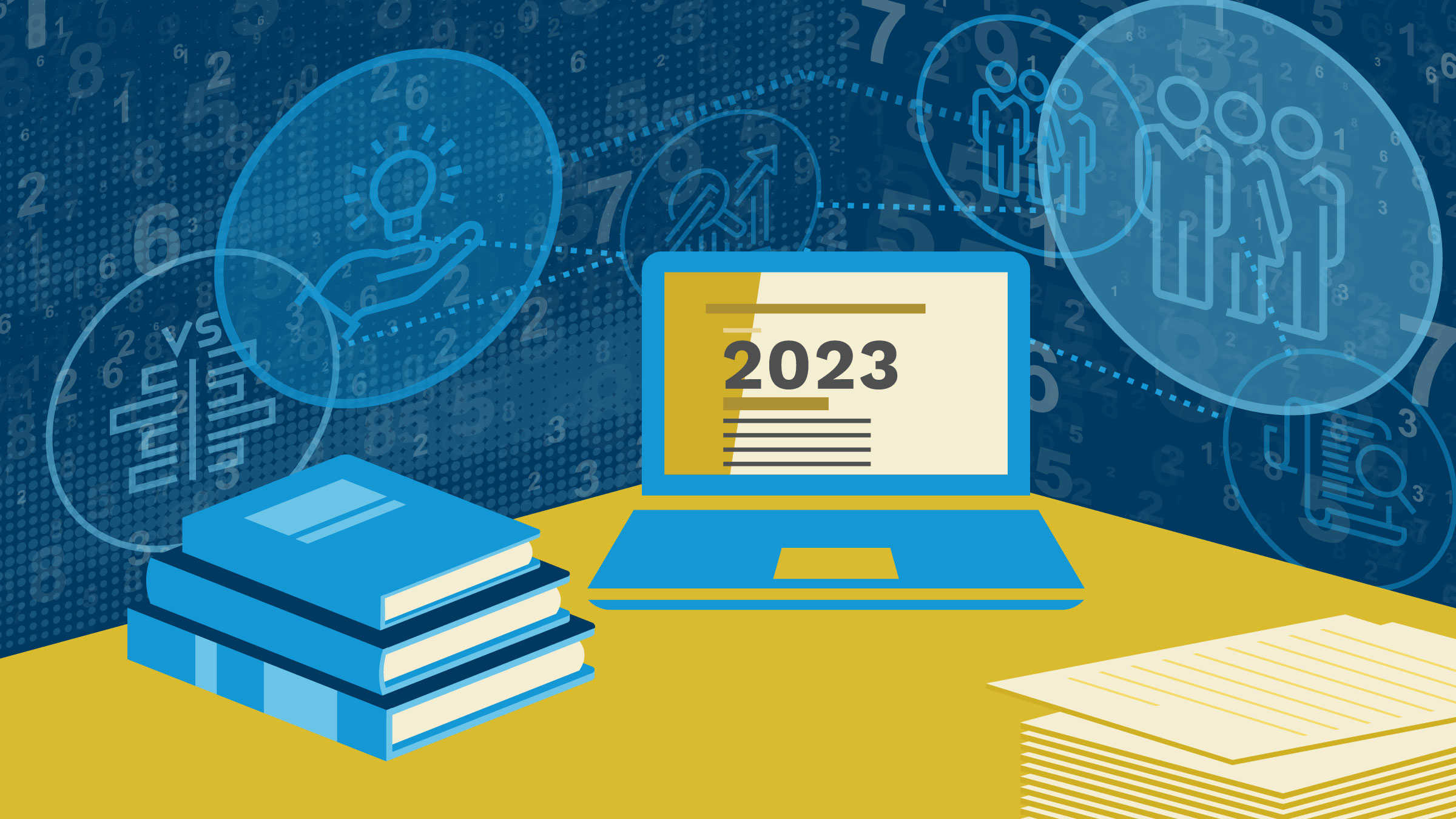This commentary was first published in The Washington Post.
As a global crisis, the coronavirus pandemic is fundamentally different from the banking-centered 2008 financial crisis. Nonetheless, there are lessons from the 2008 rescue package, the Troubled Asset Relief Program (known as TARP) that may help as officials work to turn Congress’s $2 trillion relief package into actual assistance for ordinary Americans and Main Street businesses nationwide.
I oversaw TARP during the George W. Bush and Barack Obama administrations, and my experience underscores that if there is a principle policymakers need to keep in mind going forward, it’s this: Err on the side of helping as many workers and businesses as possible rather than on prudence. This is not the time to worry about moral hazard or whether people are incentivized not to work. When the covid-19 crisis is behind us, if our biggest complaint is that some workers and small businesses got help when they didn’t really need it, that would be a wonderful outcome for our country.
In terms of next steps, other lessons include:
Policymakers will need to be nimble and adjust to rapidly changing conditions. When we negotiated the $700 billion TARP, our focus had been on buying troubled mortgages from banks. Within days of Congress approving the program, financial conditions rapidly deteriorated and we were forced to pivot. Buying thousands of mortgages would have taken longer than the financial system could endure. So, instead, we immediately injected hundreds of billions of dollars into the largest banks to stabilize the system. Our change created confusion and anger; members of Congress and the public felt like we had promised one thing but did another. Their criticism was fair, but the pivot was necessary to prevent a total financial collapse. Today, the support our health-care system, businesses and families need is likely to evolve. Policymakers should not hesitate to change tactics if necessary.
Next, time is of the essence. Policymakers should not conserve the resources Congress is authorizing; they should deploy them as quickly as possible. In 2008, there was great anger across the country because banks had taken risks and Main Street bore the consequences. We were careful to conserve the TARP authority because we knew that if we used it up, there would be little political will to do more. Today, people intuitively understand that the covid-19 crisis is essentially a natural disaster; businesses and workers weren’t taking foolish risks. Policymakers should use the full authority Congress grants to immediately make sure that states have the health-care resources and equipment they need, that businesses have the wherewithal to preserve their staffs, and that individuals and families can make ends meet until the virus is contained. The highest priorities must be to enable the health-care system to catch up and control the spread of the virus — and to maximize the number of jobs saved. It is far better to spend taxpayer money to help small businesses retain their workers than to spend the same money helping workers after they’ve been laid off. If this health emergency lasts longer than these resources can bridge, Congress has shown it will do what is necessary to support the American people.
Finally, policymakers should learn from perhaps the biggest mistake we made in 2008: We targeted our programs too narrowly, and they ended up being less effective than the country needed. Being prudent stewards of taxpayer resources is, of course, always important, but when a crisis is raging, the speed and scale of interventions are paramount. Congress and the Bush and Obama administrations enacted multiple programs to help homeowners avoid foreclosures. None of them was highly effective because they were all targeted to homeowners who needed only a little help. Americans were angry at the thought of their “irresponsible” neighbors getting a bailout. By applying numerous criteria to make sure only “deserving” families received help, we narrowed and slowed the programs dramatically, resulting in a deeper housing correction, with more foreclosures than had we flooded borrowers with assistance. The American people ultimately paid more because of our attempts to save them money.
What does this mean today? Think of firefighters putting out a fire. If their primary aim is to conserve water, they increase the odds of losing control of the fire.
The $2 trillion legislation includes many provisions to help both businesses large and small and the millions of Americans who are losing their jobs. As implementation begins, officials will be tempted to develop complex rules to decide who will qualify. For example, if each of the thousands of struggling small businesses needs to be individually vetted, the program is likely to be too slow to meaningfully help the economy. While the U.S. economy can bounce back from a crisis fairly quickly, it took more than 10 years after the 2008 crisis to rebuild the labor market. We can’t let that happen again. Let’s learn from history and douse the raging fire — before it becomes uncontrollable.
Neel Kashkari is president and chief executive of the Federal Reserve Bank of Minneapolis and oversaw the Troubled Asset Relief Program for Presidents George W. Bush and Barack Obama.






